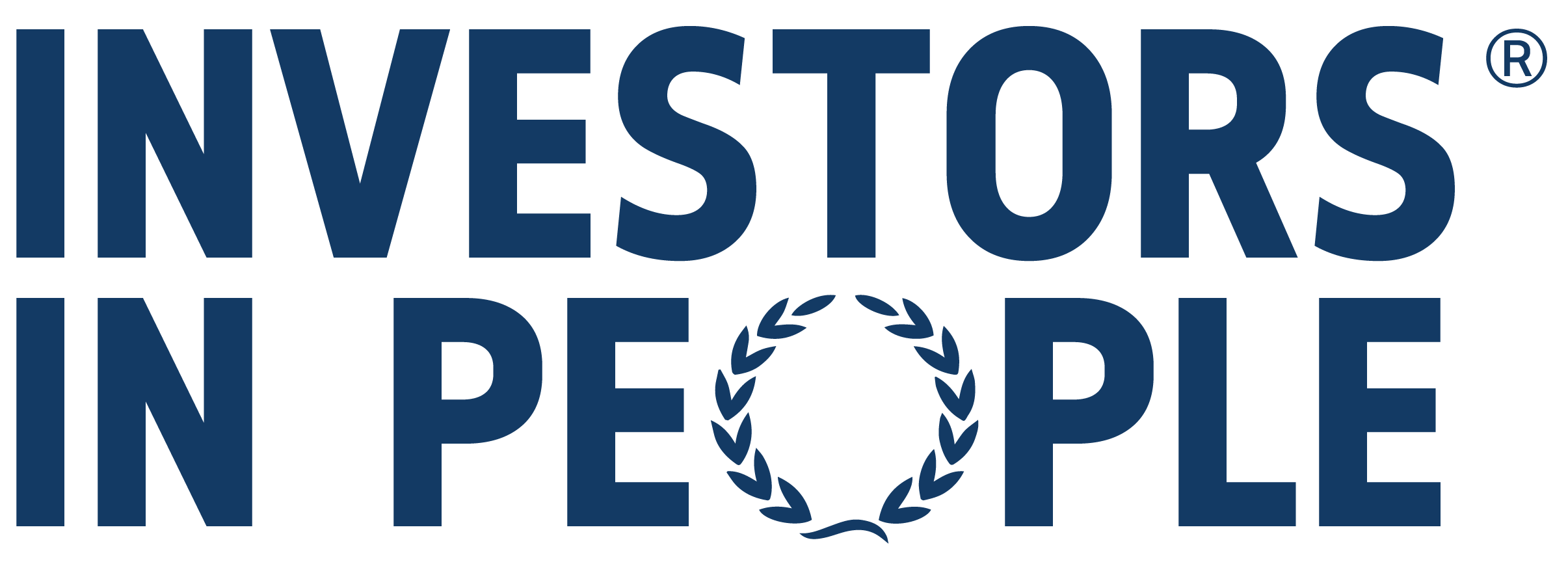What happens if you haven’t decided and want to get cracking with employee engagement?
Well, then it’s about creating the right conditions for engagement. These are often the easiest activities because there’s no agenda. No immediate end goal. Yet these are extraordinarily important for creating an environment, where employees are open to engaging freely and warmly with new initiatives.
Lose your love of the ‘big reveal’
One of the most damaging aspects of hierarchical organisations is the information asymmetry inherent in the system. Senior leaders meet to make decisions. Then reveal these decisions as fully-formed ideas. Rather than the mish-mash of discussions, meetings, uncertainty, sense-checking and rationalising that always goes into making a decision.
This implies an adult-child relationship. Leaders make decisions and employees accept them. Leaders often think ideas have more impact and are more likely to be followed if they are rich, fully-formed and presented well. They often follow up by asking if people have any “questions.” But that implies the decision is a done deal and all employees can do is ask for clarification.
Instead, ask or feedback or potential concerns to engage employees. This encourages openness and helps people feel more able to influence the decision-making process. Of course, the less fully-formed the idea when you first present it back. The more you’ll be open and able to take feedback and concerns on board, rather than just answering questions of clarity.
So ask for feedback and input as you go. So that at the end, employees aren’t shocked or blindsided by decisions or new ideas.
Job crafting: provide autonomy with loose boundaries
There’s a lot of evidence that job crafting increases general satisfaction at work as well as performance. Overall, there’s a link between control of the immediate environment and satisfaction at work.
This is an important step in the employee engagement journey. Because it teaches employees that they are able to be proactive in shaping their environment to succeed both personally and organisationally. It ‘primes’ them to act when action is needed and take responsibility for problems that may not be noticed by senior leaders.
There are a number that employees can be encouraged to do, such as:
- Taking on additional tasks related to areas of the job the employee finds more rewarding
- Building meaningful relationships that make the job easier and more fulfilling
- Changing their thoughts or beliefs about the job to help cope with the negative aspects or to view work more objectively
The line manager is obviously crucial here. They can create the safe space for employees to experiment with job crafting. This has a side effect of strengthening the line manager-employee relationship which is essential to all forms of engagement programme.
Create positive experiences of feedback mechanisms
Taking constructive feedback seriously and giving everyone a chance to speak is critical in life-threatening situations, such as on aeroplanes or in hospitals. But in private sector organisations employees have generally been unable to challenge upwards. This is changing as organisations start to see the benefits. Free-flowing feedback allows processes or products to be improved more quickly, and this allows companies to move faster than competitors.
Employees must feel like a) their feedback will be taken seriously if they give it. And b) they will not be punished or ostracized for giving feedback. In fact, to not be ostracised isn’t enough. They must be praised for giving feedback. Providing constructive feedback to those who are hierarchically superior takes courage and this must be rewarded.
This is an important step when trying to engage employees with something. You cannot make employees engaged, but invite them to be engaged. If they feel able to give constructive feedback, and that their feedback will be taken seriously, you have a much easier task ahe







